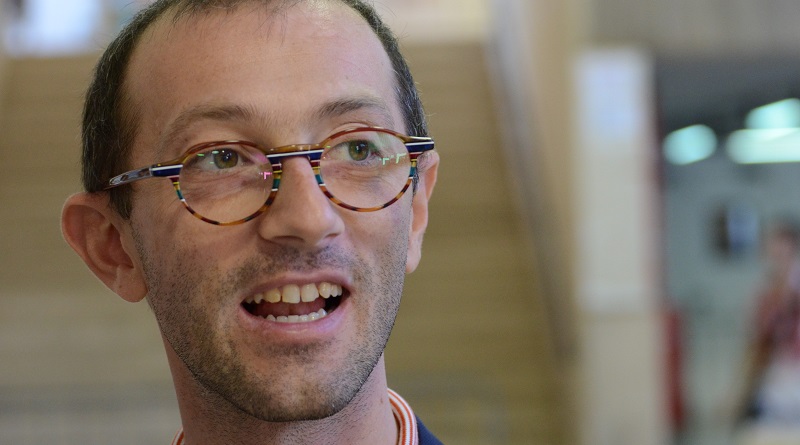What does place branding have to do with psychology? This is one of the questions which Luca Petruzzellis discusses in this interview. He also introduces his work on sensory branding and looks at the growing importance of the digital world in place branding.
Luca, as Professor of Marketing at Bari University in Italy, brands and branding are among the topics you teach your students. Do you remember the first time you came across those concepts – and your thoughts back then?
The first time I came across those concepts was when I was a student. In that period, Brand Personality by David Aaker was the most important concept. I was fascinated by those aspects and my final dissertation was on city branding. The approach, however, at that time was very classic, with few influences from psychology.
How has your view on place branding changed or evolved since then?
My view on place branding has changed a lot. At the beginning it was strongly influenced by my economics studies, but it has evolved since then in that I’ve integrated psychology and sensory aspects.
In fact, now I am working on the application of sensory branding to places. Moreover, nowadays the digital part of a brand and experiences needs also to be considered and measured.
To your mind, what is place marketing all about – and how does it differ from place branding?
Place marketing is about developing strategies to promote and develop a place, and place branding is a strategy, probably the most important and for sure the first, within a wider marketing action.
A brand needs a marketing plan to be developed, maintained and managed.
As visiting scholar at NYU Stern School of Business – are there differences in how the topic is approached in research and teaching in Italy versus the US?
Yes, although Italian scholars are moving towards how place branding is researched internationally. In particular the topic of destination branding is widely researched by tourism scholars.
So far, marketing literature has predominantly focused on case studies that discussed how place branding is currently developed and posed issues on how to develop effective and persuasive brands.
Moreover, place branding has been investigated mostly relative to its effects on products identified with the place, namely country of origin, and on countries’ exports.
However, as references to place permeate not only businesses but also everyday life, issues of place branding have become vital in developing effective strategies and long-term competitive advantage.
The rapid growth of interest in this area of research has created a unique set of challenges mainly due to the lack of a precise definition of the term brand, colloquially confused with perception, image, and reputation and conceptualised as the result of a set of marketing activities.
Sensory branding applied to cities and destinations is currently one research focus of yours – in a nutshell, what is this about? Do you have first findings?
I try to understand the effects of place brand by examining sensorial and psychological factors that influence the formation of attachments, drawing upon retailing and consumer behavior literature. It starts from the notion of place attachment, as developed in environmental psychology, and assumes that places influence people’s experiences through their symbolic meanings.
Together with my research colleagues, I try to address three questions:
(1) Is place branding more related to hedonic or utilitarian benefits?
(2) What is the role of the brand with respect to its influence in shifting people preferences from the tangible elements to the emotional/symbolic ones?
(3) To what extent do sensorial aspects influence the brand experience, and people’s perception?
Which topics linked to place branding and marketing should receive more attention in the future?
The digital aspects of both branding and marketing, and how they contribute to their development. The sensory topic is in its infancy too.
What advice would you offer to DMOs, CVBs or economic development agencies which are new to destination- and city branding, e.g. in terms of pitfalls to avoid?
To start with a thorough understanding of all the aspects of the destination or city. An extensive market research will help to understand from where to start.
Then to concentrate on the strengths and to develop a good branding strategy. No rush in developing a logo.
Another important issue is the network among all the elements of the place.
Which trends do you observe in destination- and city branding?
Destination branding is more developed than city branding, often visible through the creation of a logo or a website. However, it is not always a strategy that results from the right process. Sometimes it’s done simply because other places did it.
City administrators don’t always think that a brand is necessary, as they are administering a public entity and most of all have more complex problems to solve.
Thank you, Luca.
Connect with Luca Petruzzellis on LinkedIn
Did you enjoy our interview with Luca Petruzzellis on the links between place branding, our senses and psychology? Thank you for sharing!


